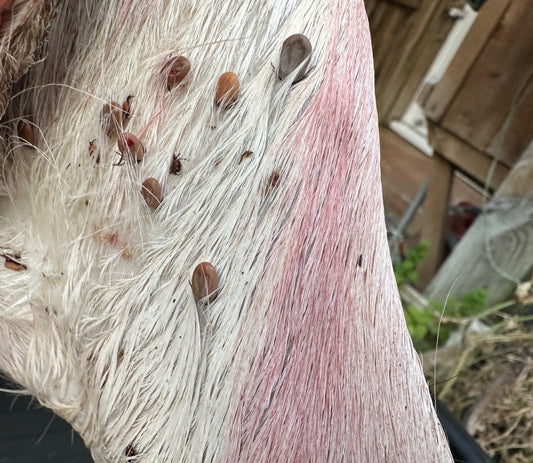Supporting Woodland Creation and Management
Collaborating with Landowners and NGOs
For landowners and NGOs dedicated to woodland conservation, deer managers offer invaluable guidance. They ensure that deer populations are kept at sustainable levels to prevent overgrazing, which can hinder new plantings and damage the natural regeneration of woodlands. By managing deer populations effectively, deer managers facilitate the successful establishment and growth of young trees, which are vital for the expansion of woodland areas and the realisation of conservation goals.
In their collaborative efforts, deer managers help design and implement management plans that align with broader conservation initiatives. Their understanding of deer ecology enables them to advise on creating habitats that support a diversity of wildlife while also mitigating the potential negative impacts of deer on woodland ecosystems.
Aligning with Wider Forestry Policy
Deer managers also play a crucial role in the implementation of wider forestry policies. By maintaining the health of woodlands, they contribute to national efforts to increase forest cover, sequester carbon, and promote sustainable land use. Their work is aligned with policy objectives that aim to mitigate climate change, enhance public access to green spaces, and foster the resilience of native species and habitats.
The insight deer managers provide is instrumental in shaping policy decisions that affect forestry practices. Their frontline experience with the challenges of managing deer populations provides a practical perspective that can inform more effective and sustainable forestry policies.
Engaging with the Farming Community
The farming community benefits significantly from the expertise of deer managers. Woodlands on agricultural land can provide shelter for livestock, improve soil health, and contribute to the overall aesthetic value of the landscape. However, without proper management, deer can cause damage to crops and compete with livestock for forage.
Deer managers assist farmers in integrating woodland areas into their farming practices in a way that supports both agricultural productivity and environmental benefits. They can offer solutions to mitigate deer damage, allowing for a harmonious coexistence of farming and forestry.
Conclusion
The role of deer managers is indispensable in the context of woodland creation and management. Their expertise not only supports the objectives of individual landowners but also aligns with the goals of NGOs, forestry policies, and the farming community. Through sustainable deer population management, deer managers ensure that woodlands can thrive, providing benefits for biodiversity, landscape resilience, and the rural economy. Their role is a testament to the importance of integrating skilled wildlife management into the broader view of land stewardship and conservation. As woodland creation and management continue to be prioritised for their environmental and social value, the expertise and involvement of deer managers will remain crucial.





